Assertion:- Kirchhoff's voltage law indicates that field is conservative.
Reason:- Potential difference between two points in a circuit does not depend on path
If both Assertion & Reason are True & the Reason is a correct explanation of the Assertion.
If both Assertion & Reason are True but Reason is not a correct explanation of the Assertion.
If Assertion is True but the Reason is False.
If both Assertion & Reason are False.
The correct Answer is:A
To solve the question regarding Kirchhoff's voltage law and its assertion and reason, we can break it down step by step.
1. Understanding Kirchhoff's Voltage Law (KVL):
- Kirchhoff's Voltage Law states that the sum of the electrical potential differences (voltages) around any closed network is zero. This means that the total energy gained per charge (from sources) is equal to the total energy lost per charge (across resistors and other components).
2. Conservative Fields:
- A conservative field is one where the work done in moving a charge between two points is independent of the path taken. In a conservative field, the potential difference between two points depends only on the positions of those points, not on the route taken to get there.
3. Assertion Analysis:
- The assertion states that "Kirchhoff's voltage law indicates that the field is conservative." This is true because KVL implies that the potential difference around any closed loop is zero, which is a characteristic of conservative fields.
4. Reason Analysis:
- The reason states that "the potential difference between two points in a circuit does not depend on the path." This is also true and supports the assertion. In a conservative electric field, the potential difference is indeed path-independent.
5. Conclusion:
- Both the assertion and the reason are true, and the reason correctly explains the assertion. Therefore, the correct answer is that both the assertion and the reason are true, and the reason is a correct explanation of the assertion.
Final Answer:
- Both the assertion and the reason are true, and the reason is a correct explanation of the assertion.
- Kirchhoff's Voltage Law states that the sum of the electrical potential differences (voltages) around any closed network is zero. This means that the total energy gained per charge (from sources) is equal to the total energy lost per charge (across resistors and other components).
- A conservative field is one where the work done in moving a charge between two points is independent of the path taken. In a conservative field, the potential difference between two points depends only on the positions of those points, not on the route taken to get there.
- The assertion states that "Kirchhoff's voltage law indicates that the field is conservative." This is true because KVL implies that the potential difference around any closed loop is zero, which is a characteristic of conservative fields.
- The reason states that "the potential difference between two points in a circuit does not depend on the path." This is also true and supports the assertion. In a conservative electric field, the potential difference is indeed path-independent.
- Both the assertion and the reason are true, and the reason correctly explains the assertion. Therefore, the correct answer is that both the assertion and the reason are true, and the reason is a correct explanation of the assertion.
- Both the assertion and the reason are true, and the reason is a correct explanation of the assertion.
Topper's Solved these Questions
- TEST PAPERSBOOK - ALLENCHAPTER - TEST PAPERSEXERCISE - Part-1 Physics
15 Videos
- TEST PAPERSBOOK - ALLENCHAPTER - TEST PAPERSEXERCISE - part-2 physics
71 Videos
- TEST PAPERSBOOK - ALLENCHAPTER - TEST PAPERSEXERCISE - PAPER 2
60 Videos
- TEST PAPER 4BOOK - ALLENCHAPTER - TEST PAPER 4EXERCISE - PHYSICS
44 Videos
- UNIT & DIMENSIONS, BASIC MATHS AND VECTOR BOOK - ALLENCHAPTER - UNIT & DIMENSIONS, BASIC MATHS AND VECTOR EXERCISE - Exercise (J-A)
7 Videos
Similar Questions
Find the potential difference between the points A and B in the circuit shoun in.
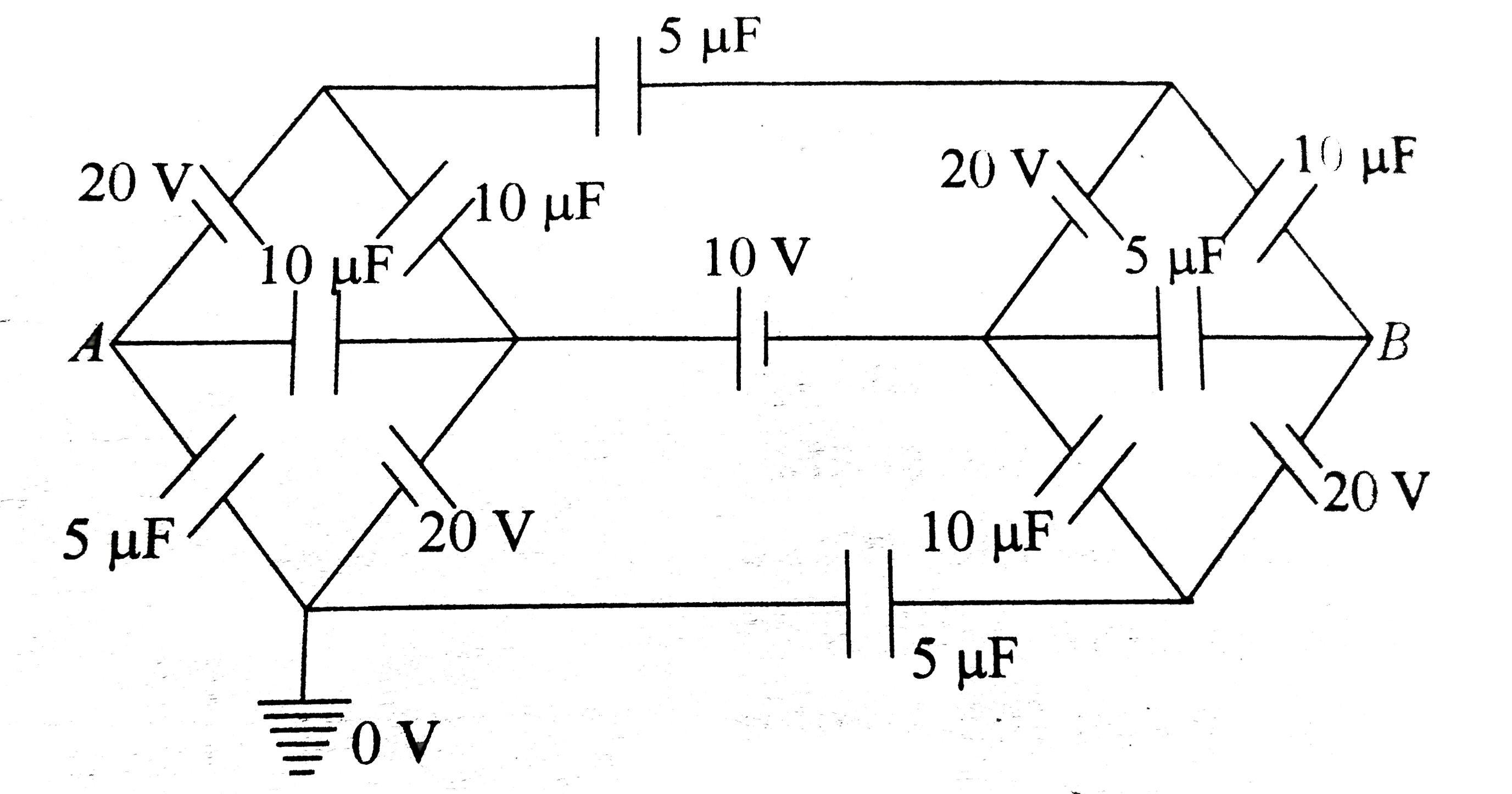 .
.
View SolutionThe potential difference between points a and b of circuits shown in figure is
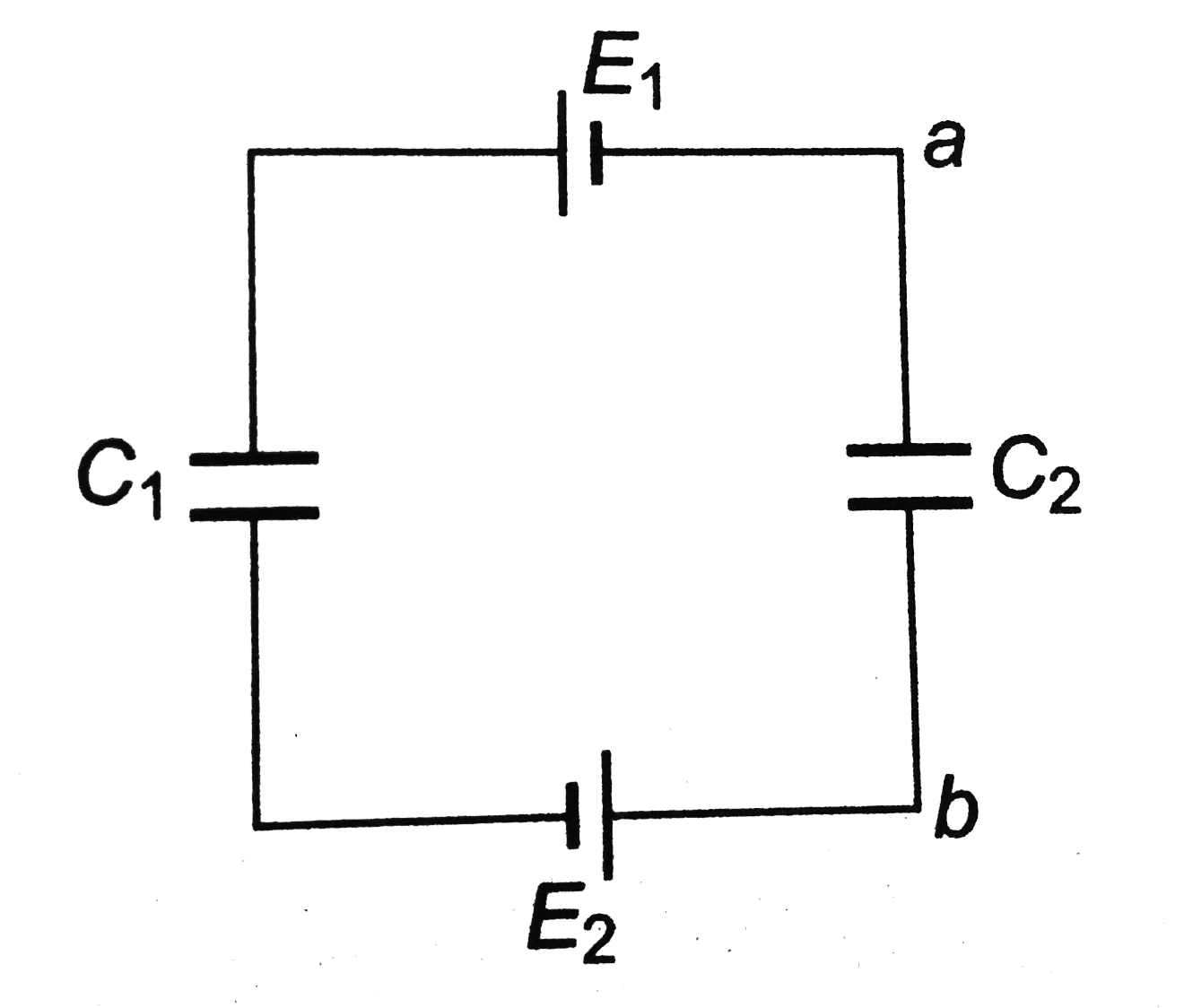
View SolutionWhat is the potential difference between points A and B in the circuit shown?
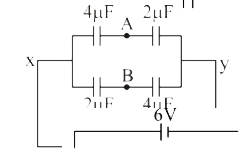
View SolutionThe potential difference between the points A and B in the given circuit is
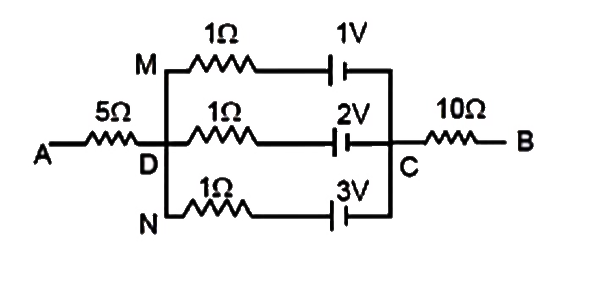
View SolutionTwo potential difference between A and B in the following circuit is
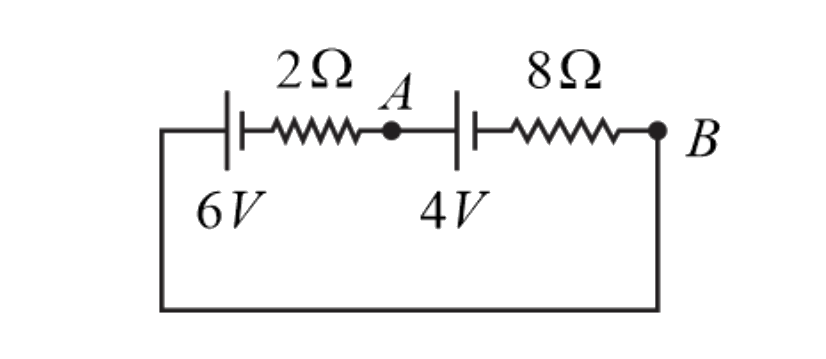
View SolutionIn given circuit , the potential difference between points A and B is
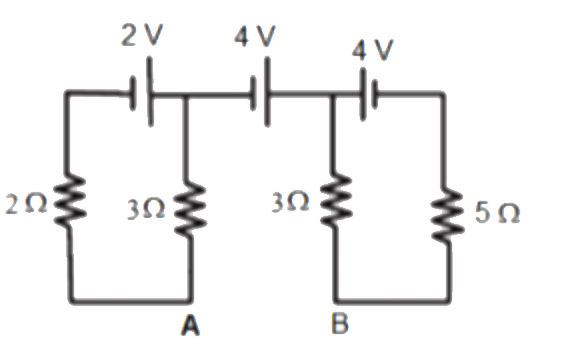
View SolutionWhat is meant by saying that the potential difference between two points is 1V ?
View SolutionExplain the statement 'the potential difference between two points is 1 volt'.
View SolutionHow is voltmeter connected in the circuit to measure potential difference between two points ?
View SolutionFor the circuit in find the potential difference between points a and b.

View Solution
